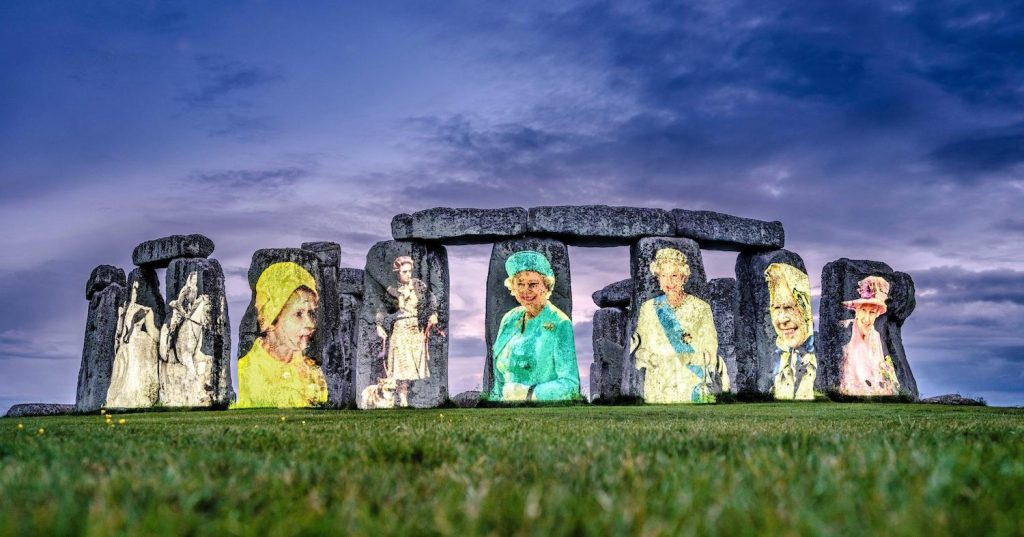Symbolism

Symbolism is an important aspect of human communication and consists of finding ways to reduce complex thoughts to effective signs or images. This unit encourages students to think about the myriad ways that humans create symbols to communicate with one another and how those shared meanings are negotiated.
- Anthropologists have been at the forefront of the study of symbolism. Consider important figures such as Claude Lévi-Strauss, Mary Douglas, Clifford Geertz, and Victor Turner.
- One of the most important shifts in anthropology has been in relationship to how symbols are considered. Previously, scholars thought that symbols were innate. Now they increasingly view them as being publicly negotiated and actor-centered.
- The benefits that can be gained studying symbolism can be applied to many different domains, and anthropologists are particularly well-positioned to study the relevance of symbolism in areas of society such as diverse as ritual, gender, food, colors, and politics.
- A knowledge of symbolism and how humans use signs and images to communicate can also have practical applications, such as helping students make sense of media advertising and marketing.
-
Couacaud, Leo. 2016. “Does Holiness Have a Color? The Religious, Ethnic, and Political Semiotics of Colors in Mauritius.” Signs and Society 4 (2): 176–214.
-
Geertz, Clifford. 1973. “Thick Description: Toward an Interpretive Theory of Culture.” In The Interpretation of Cultures, 3–30. New York: Basic Books.
- Why do humans use symbols to communicate with one another?
- Are symbols tangible? Where do they originate from?
- What do we learn from Couacaud’s (2016) studies of symbolism?
- Have students select a widely marketed brand or product and consider what messages are being conveyed to consumers. What makes the marketing convincing? Have changes been made to the brand or product design over time? If so, have students note them and explain how those adjustments affect their perception of what is being sold.
-
Podcast: Jonathan Pageau’s The Symbolic World
-
TEDx Talk: Michael Mill’s “The Signs of Our Times”
Eshe Lewis (2020)
Policing


